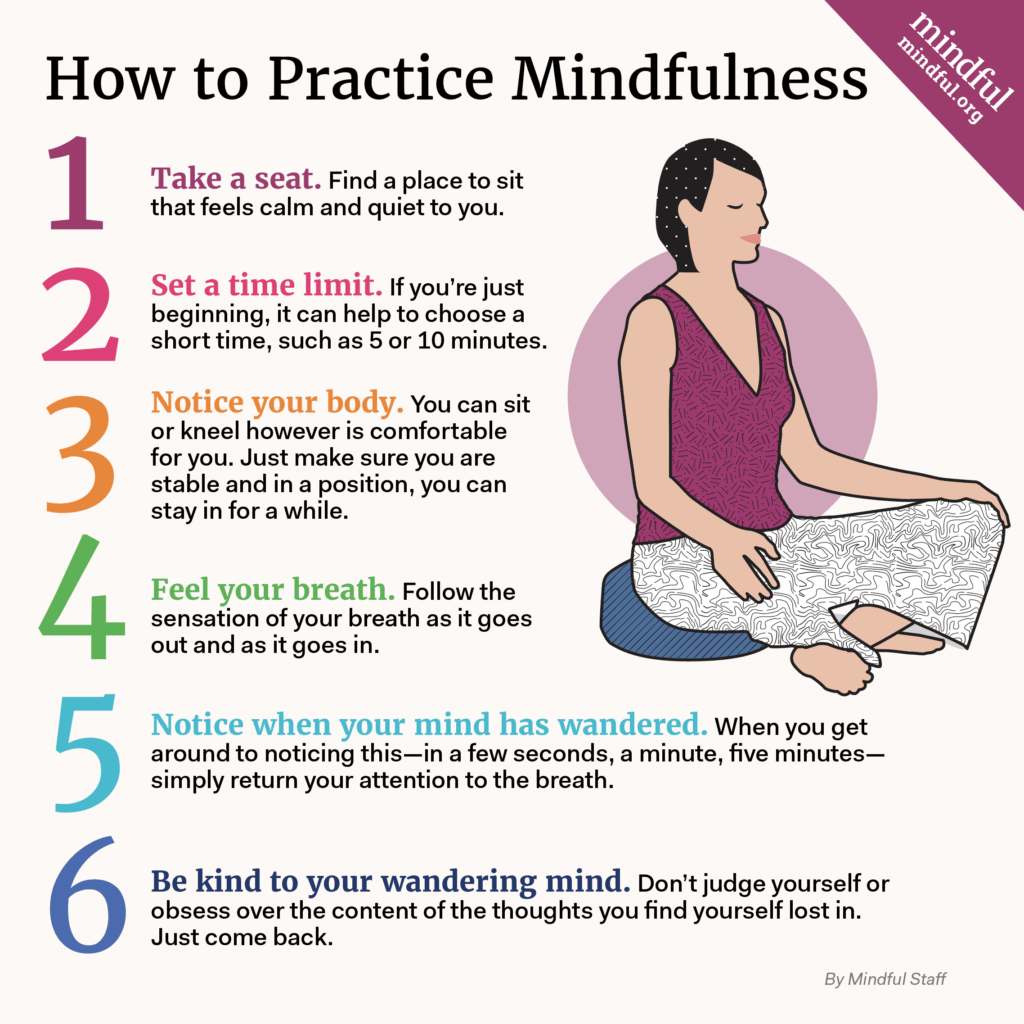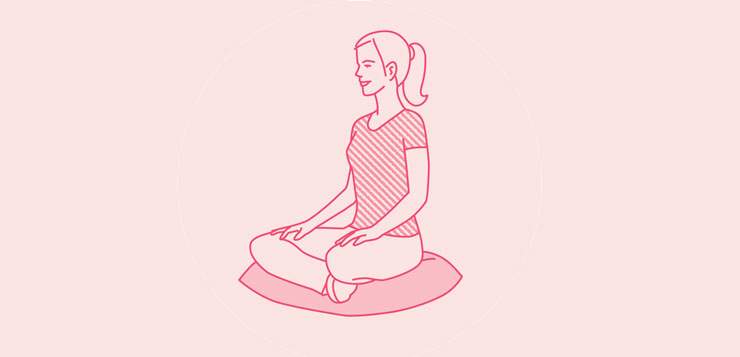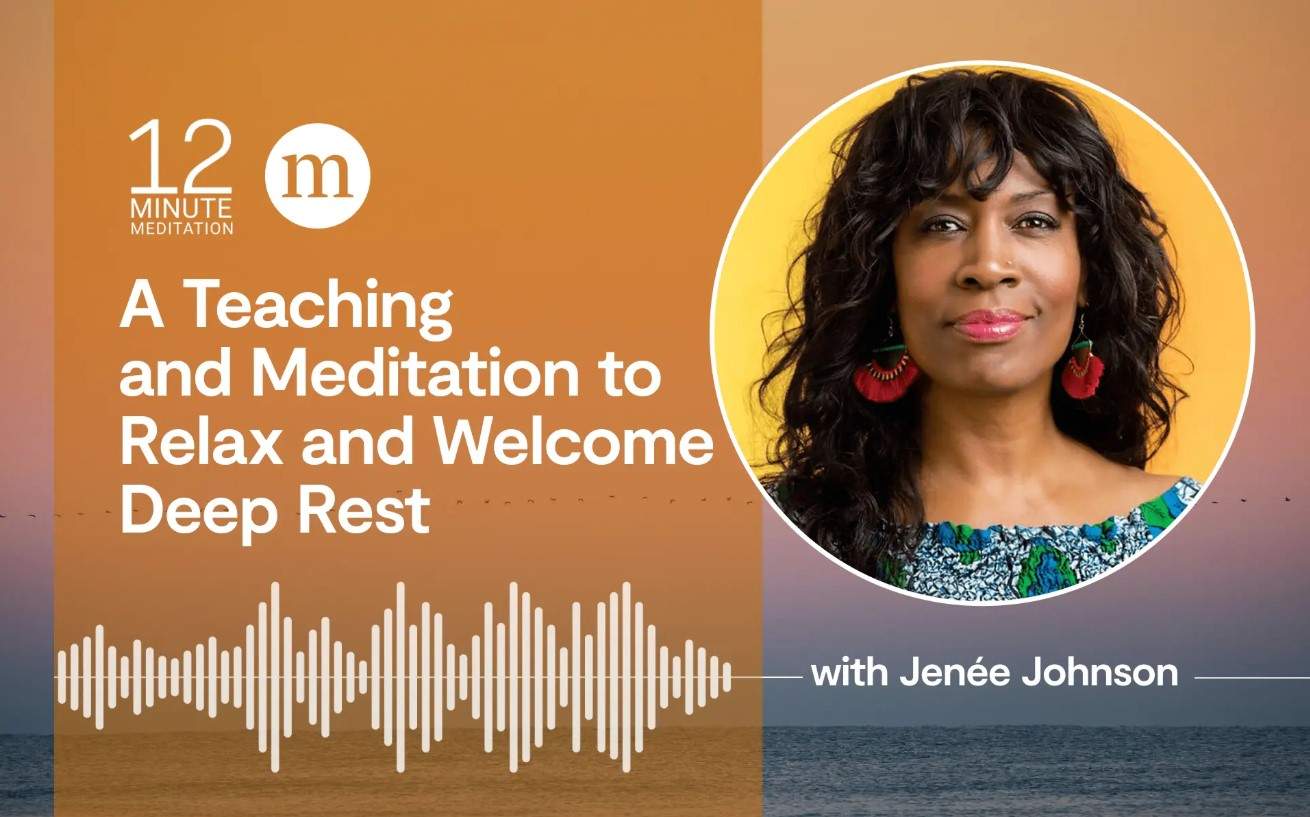Mindfulness is a natural quality that we all have. It’s available to us in every moment if we take the time to appreciate it. When we practice mindfulness, we’re practicing the art of creating space for ourselves—space to think, space to breathe, space between ourselves and our reactions.
When we practice mindfulness, we’re practicing the art of creating space for ourselves—space to think, space to breathe, space between ourselves and our reactions.
What You Need to Know Before Practicing Mindfulness:
- You don’t need to buy anything. You can practice anywhere, there’s no need to go out and buy a special cushion or bench—all you need is to devote a little time and space to accessing your mindfulness skills every day.
- There’s no way to quiet your mind. That’s not the goal here. There’s no bliss state or otherworldly communion. All you’re trying to do is pay attention to the present moment, without judgment. Sounds easy, right?
- Your mind will wander. As you practice paying attention to what’s going on in your body and mind at the present moment, you’ll find that many thoughts arise. Your mind might drift to something that happened yesterday, meander to your to-do list—your mind will try to be anywhere but where you are. But the wandering mind isn’t something to fear, it’s part of human nature and it provides the magic moment for the essential piece of mindfulness practice—the piece that researchers believe leads to healthier, more agile brains: the moment when you recognize that your mind has wandered. Because if you can notice that your mind has wandered, then you can consciously bring it back to the present moment. The more you do this, the more likely you are to be able to do it again and again. And that beats walking around on autopilot any day (ie: getting to your destination without remembering the drive, finding yourself with your hand in the bottom of a chip bag you only meant to snack a little from, etc.).
- Your judgy brain will try to take over. The second part of the puzzle is the “without judgment” part. We’re all guilty of listening to the critic in our heads a little more than we should. (That critic has saved us from disaster quite a few times.) But, when we practice investigating our judgments and diffusing them, we can learn to choose how we look at things and react to them. When you practice mindfulness, try not to judge yourself for whatever thoughts pop up. Notice judgments arise, make a mental note of them (some people label them “thinking”), and let them pass, recognizing the sensations they might leave in your body, and letting those pass as well.
- It’s all about returning your attention again and again to the present moment. It seems like our minds are wired to get carried away in thought. That’s why mindfulness is the practice of returning, again and again, to the breath. We use the sensation of the breath as an anchor to the present moment. And every time we return to the breath, we reinforce our ability to do it again. Call it a bicep curl for your brain.

How to Practice Mindfulness
While mindfulness might seem simple, it’s not necessarily all that easy. The real work is to make time every day to just keep doing it. Here’s a short practice to get you started:
- Take a seat. Find a place to sit that feels calm and quiet to you.
- Set a time limit. If you’re just beginning, it can help to choose a short time, such as 5 or 10 minutes.
- Notice your body. You can sit in a chair with your feet on the floor, you can sit loosely cross-legged, in lotus posture, you can kneel—all are fine. Just make sure you are stable and in a position you can stay in for a while.
- Feel your breath. Follow the sensation of your breath as it goes out and as it goes in.
- Notice when your mind has wandered. Inevitably, your attention will leave the sensations of the breath and wander to other places. When you get around to noticing this—in a few seconds, a minute, five minutes—simply return your attention to the breath.
- Be kind to your wandering mind. Don’t judge yourself or obsess over the content of the thoughts you find yourself lost in. Just come back.
That’s it! That’s the practice. You go away, you come back, and you try to do it as kindly as possible.








